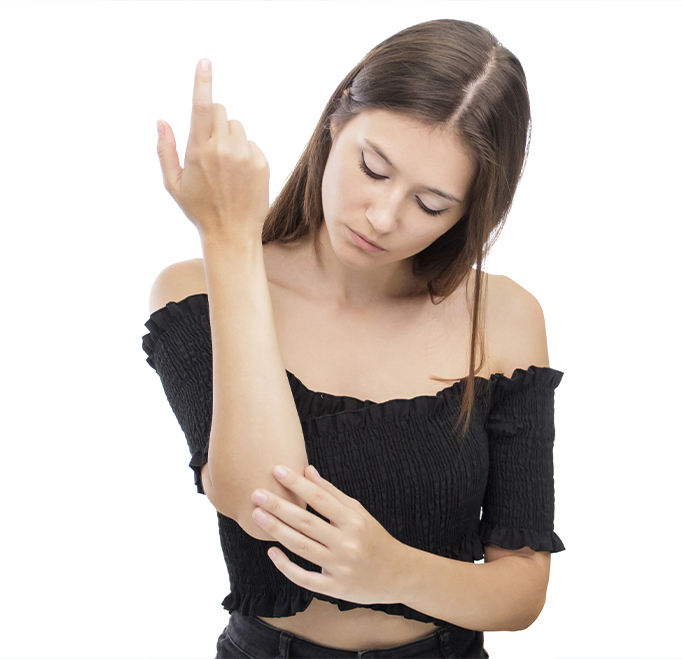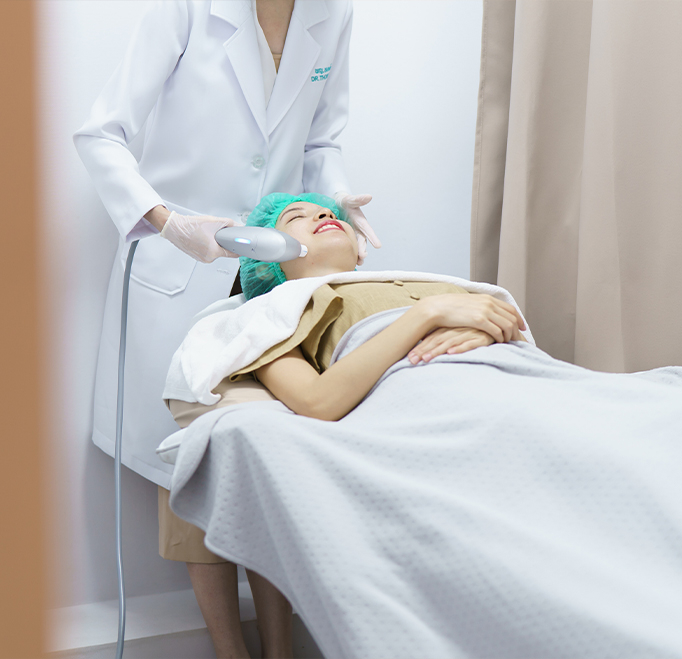Personalized Psoriasis Treatment Programs and Expert Dermatology Centers
Psoriasis is not limited to the visible redness or scaling on the skin; it is an immune-mediated condition that can flare and subside depending on factors such as stress, genetics, and environmental triggers. For this reason, the treatment approach requires far more than a standard prescription — it calls for a long-term, follow-up-based, patient-focused care plan.
What Is Psoriasis?
Psoriasis is a chronic dermatological disorder in which skin cells multiply much faster than normal, leading to red, scaly patches and, at times, painful cracks. It is not contagious, yet it can significantly affect a person’s quality of life. Stress, seasonal changes, certain medications, or infections may trigger flare-ups.
Many patients visiting dermatology centers in areas such as İstanbul often assume psoriasis is purely a cosmetic concern. In reality, it is a systemic condition that can also involve the joints or nails. Therefore, treatment must target both the skin’s surface and the immune mechanisms beneath it.
Why Are Personalized Treatment Programs Important?
Psoriasis manifests differently in every individual. Some people experience small patches on the elbows, while others may have widespread lesions covering large areas of the body. This variation makes individualized treatment planning essential.
Personalized treatment programs are designed based on factors such as the type and extent of the disease, prior treatments, co-existing medical conditions, and daily lifestyle. In dermatology centers around Üsküdar, this approach typically involves three main stages:
Diagnosis and evaluation: A comprehensive skin examination, nail and scalp assessment, and laboratory testing when necessary to determine the type and severity of psoriasis.
Treatment planning: Depending on the findings, topical, systemic, or phototherapy options are chosen.
Follow-up and maintenance: The skin’s response is monitored over time, and the program is adjusted as needed.
This patient-specific structure helps not only relieve symptoms but also stabilize the recurrence cycle of psoriasis.
Treatment Methods Used in Psoriasis
Personalized psoriasis treatment programs are generally multi-step and combined approaches. Not every method is suitable for all patients; each treatment is tailored according to individual health conditions.
1. Topical (Surface) Treatments
For mild forms of psoriasis, corticosteroids, vitamin D analogues, coal-tar-based creams, or moisturizing ointments are used. These reduce plaque thickness and redness. However, duration and frequency must be determined by a dermatologist to avoid potential side effects.
2. Phototherapy (Light Therapy)
In moderate cases, narrow-band UVB phototherapy is one of the most effective options. During this procedure, the skin is exposed to a specific wavelength of light to balance cell turnover.. Sessions are typically held two to three times per week, with exposure time gradually adjusted to skin type.
3. Systemic and Biologic Treatments
In more extensive or resistant forms of psoriasis, immune-modulating drugs or biologic agents may be prescribed. These medications target specific immune cells responsible for inflammation. However, results vary by patient; such treatments require continuous supervision and laboratory follow-up by a dermatologist.
4. Lifestyle and Psychological Support
Psoriasis affects not only the skin but also emotional well-being. Stress and anxiety are among the strongest triggers of flare-ups. For this reason, some centers incorporate psychological counseling, nutrition guidance, and lifestyle management into their treatment programs.
Key Considerations During the Treatment Process
Psoriasis management requires patience and consistency. One of the most common mistakes patients make is discontinuing treatment once symptoms improve. This often causes the disease to return more severely.
It is important to follow medical instructions carefully, avoid harsh chemicals or irritants, and maintain a consistent moisturizing routine. Regular hydration not only enhances medication effectiveness but also helps reduce tightness and dryness.
In some patients, mild redness or dryness may appear during the first weeks of treatment — this is usually a temporary adaptation phase. If it persists, the dermatologist should be informed promptly.
This content is for informational purposes only; for diagnosis and treatment, please consult a qualified medical professional.
















